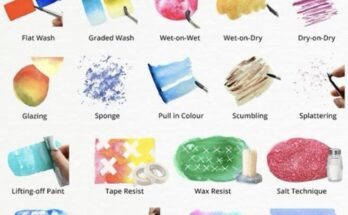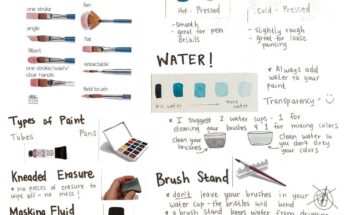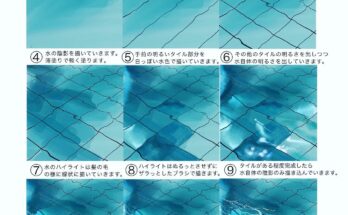Mastering Drawing Fundamentals: Beginning with Basic Shapes
Embark on your artistic journey with our in-depth tutorial on “Beginning with Basic Shapes,” a foundational skill essential for mastering drawing and animation. Inspired by classic techniques, this guide provides a professional, step-by-step approach to constructing complex subjects using simple geometric forms. Whether you’re sketching a chick, a dog, or any intricate figure, this tutorial, complete with detailed illustrations and practical tips, will help you build form, depth, and dimension with confidence. Perfect for beginners and intermediate artists alike, learn how to hold your pencil effectively and transform basic shapes into lifelike drawings.

Step-by-Step Instructions:
- Starting with Basic Shapes
Begin by observing your subject and identifying its underlying basic shapes—circles, rectangles, squares, and triangles. As outlined in the guide, draw the outline around these shapes to form the basic structure of your subject. For example, a ball and a grapefruit are spheres, a jar and a tree trunk are cylinders, a box and a building are cubes, and a pine tree and a funnel are cones (pages 9-10). Lightly sketch these shapes to establish a framework, ensuring accuracy before proceeding. - Building Form
Once the basic shapes are established, it’s easy to build the forms with cylinders, spheres, and cones. The guide illustrates this process with a chick (steps 1-3) and a dog (steps 1-3). Start by drawing simple ovals or circles, then build up the forms of the dog and chick with additional shapes like rectangles and triangles. Notice that the subject appears three-dimensional as you connect and refine the lines, adding depth and dimension. - Combining Shapes
Enhance your drawing by combining basic shapes creatively. The example of the dog demonstrates starting with basic shapes (ovals and circles) and building the entire figure. Even when forms are hidden from sight in the final drawing, include these lines initially to maintain proportion and structure. This technique ensures a cohesive and balanced composition. - Drawing Through for Completeness
Practice drawing through by including lines that will eventually be hidden from sight. For the dog illustration, even though you can’t see the back side in the finished drawing, drawing through helps maintain the subject’s three-dimensionality. Refine the outlines and add a fluffy texture to the dog, completing the form with careful attention to detail. - Holding Your Drawing Pencil
Master pencil control with the correct grip. The basic underhand position allows your arm and wrist to move freely, ideal for fresh and lively sketches. Use both the point and the side of the lead by simply changing your hand and arm angle. The underhand variation lets you make very light strokes, both long and short, offering delicate control for textures—place a protective “slip sheet” under your hand to avoid smudging. The writing position provides the most control for fine detail and precise lines; be careful not to press too hard on the point or grip the pencil too tightly, as your hand may get cramped.
Key Technique Insights:
- Proportional Accuracy: Ensure basic shapes are proportionate to reflect the subject’s true form.
- Light Initial Sketches: Use light pencil strokes for the initial shapes, allowing easy adjustments.
- Contour Continuity: Connect and refine lines smoothly to enhance the three-dimensional effect.
- Texture Application: Add texture (e.g., fluffy fur) in the final stages to bring realism to your drawing.
Tips for Success:
- Practice sketching basic shapes daily to build confidence and accuracy.
- Use a variety of pencil grips to discover what suits your drawing style best.
- Study your subject from multiple angles to understand its underlying forms.
- Keep a slip sheet handy to protect your work from smudges during the drawing process.
This tutorial lays a solid foundation for artists eager to master drawing fundamentals. By starting with basic shapes and refining your technique, you’ll develop the skills to create dynamic, lifelike illustrations. Dedicate time to practice, and watch your artistic abilities flourish. Happy drawing!



